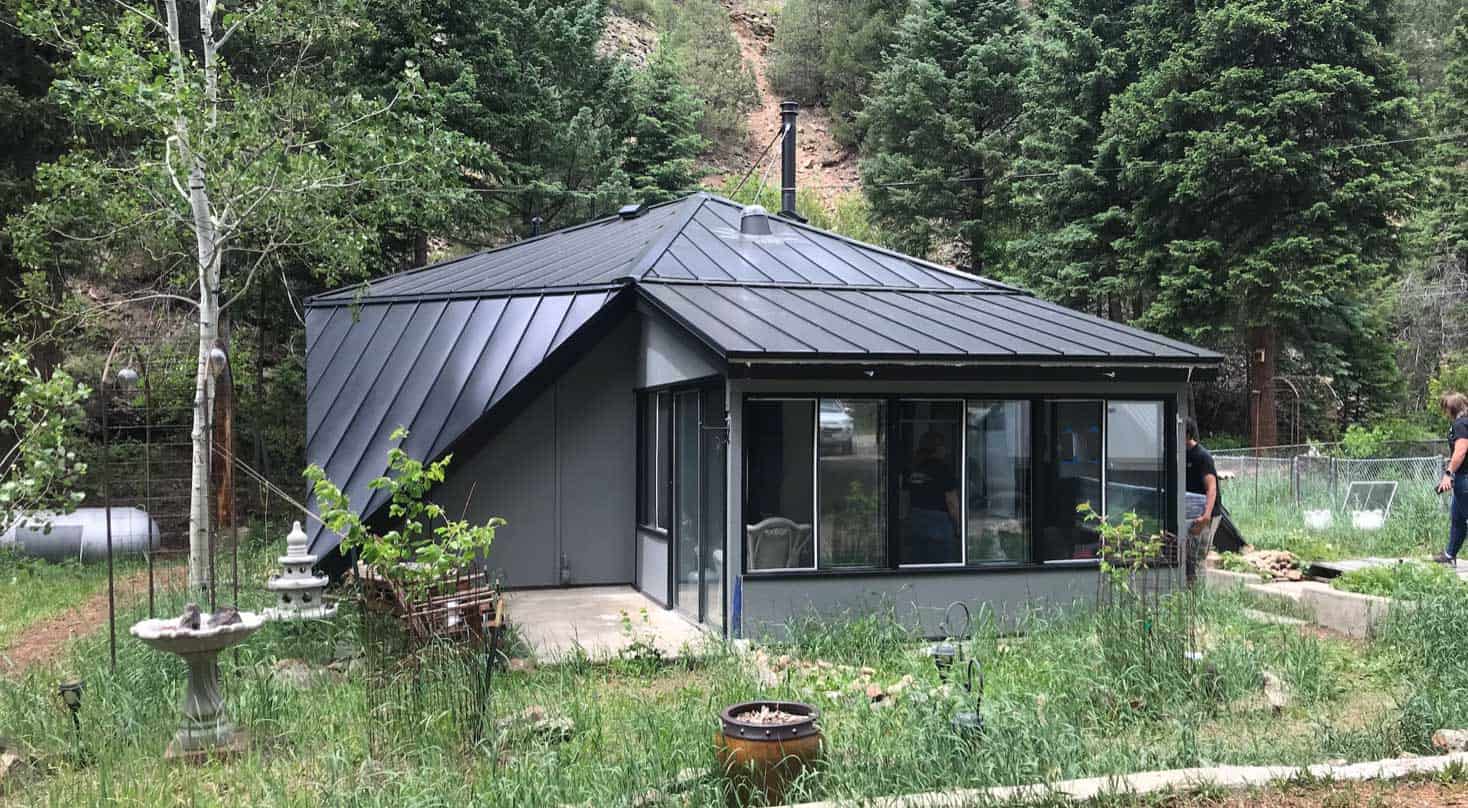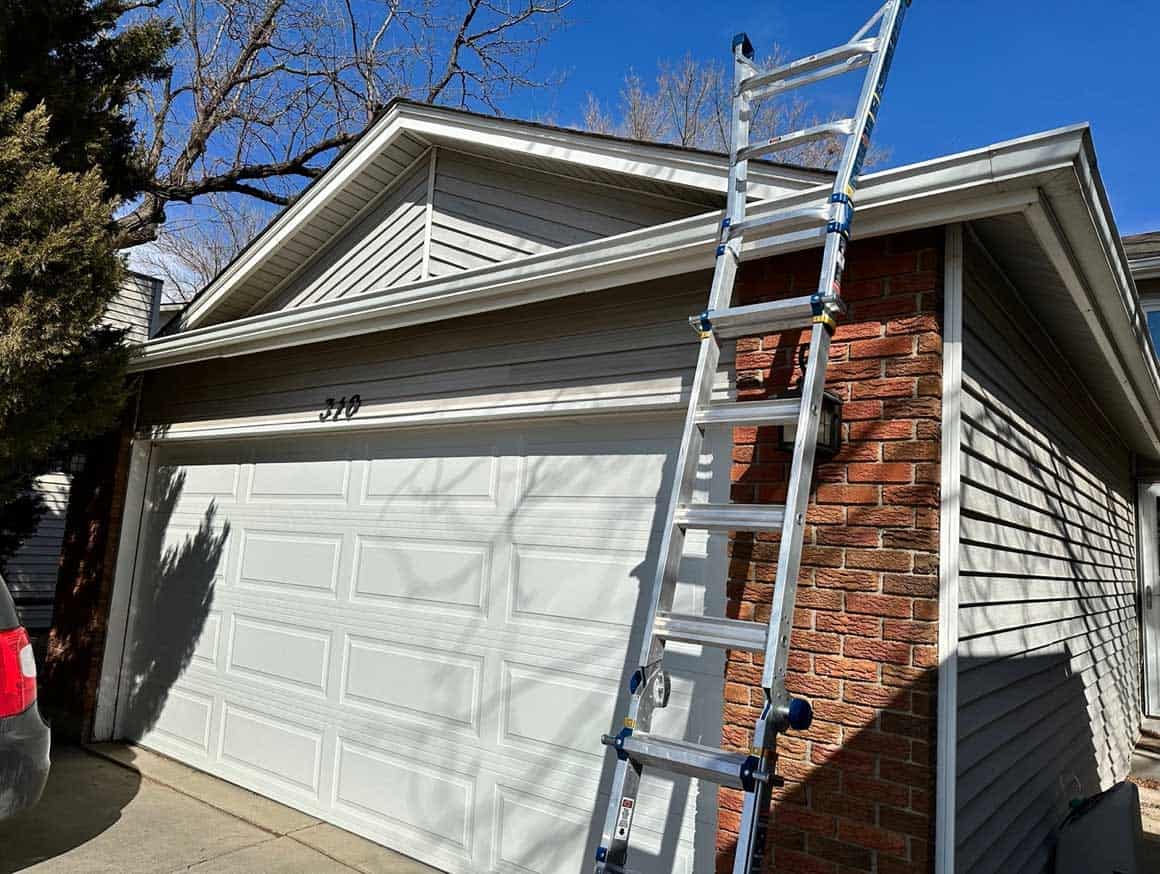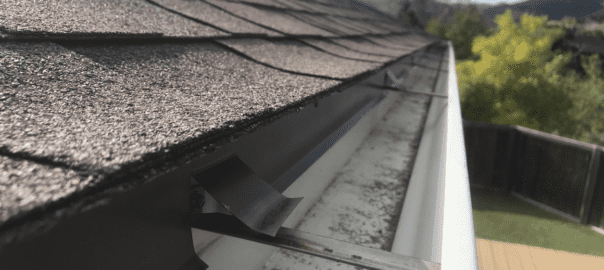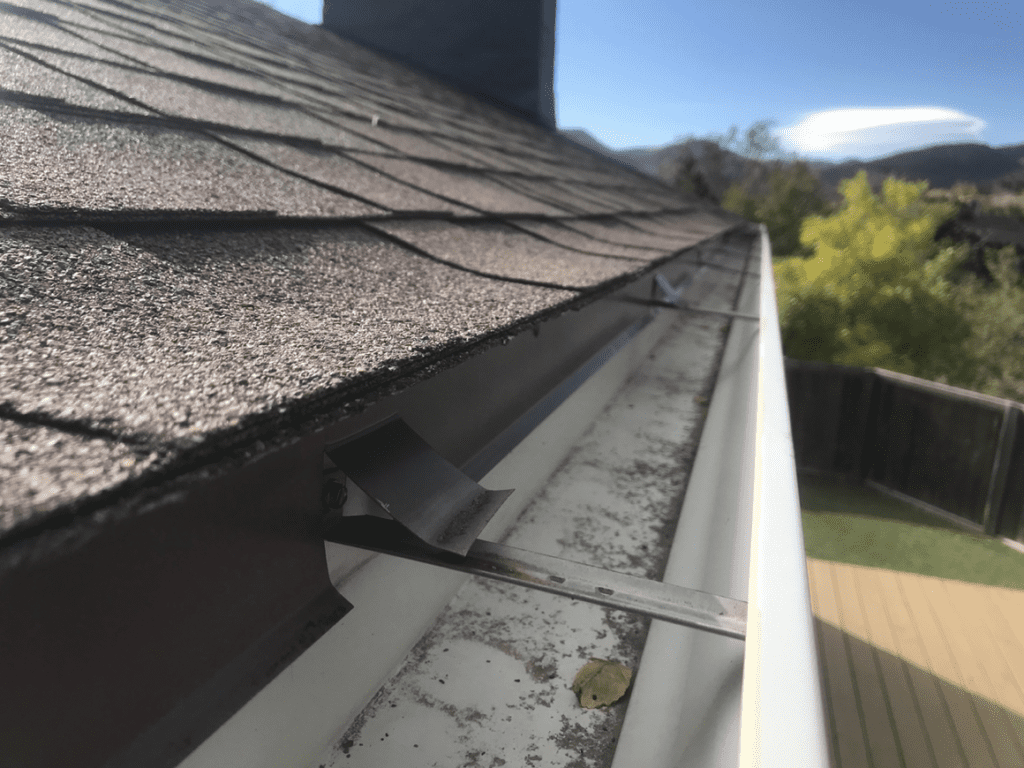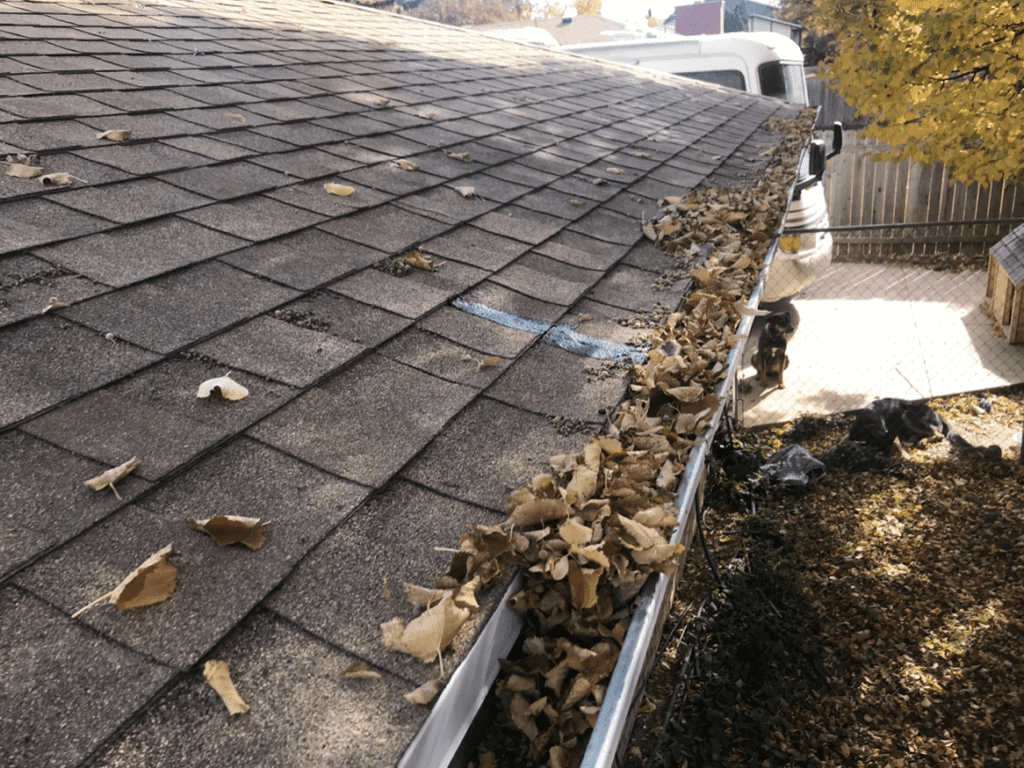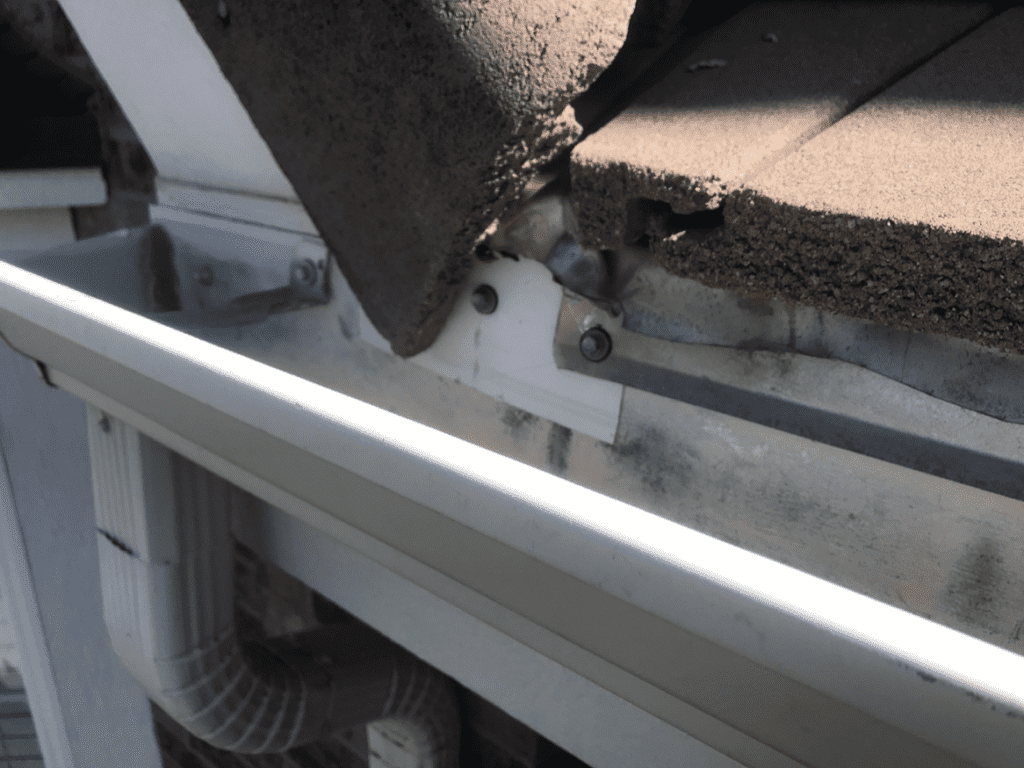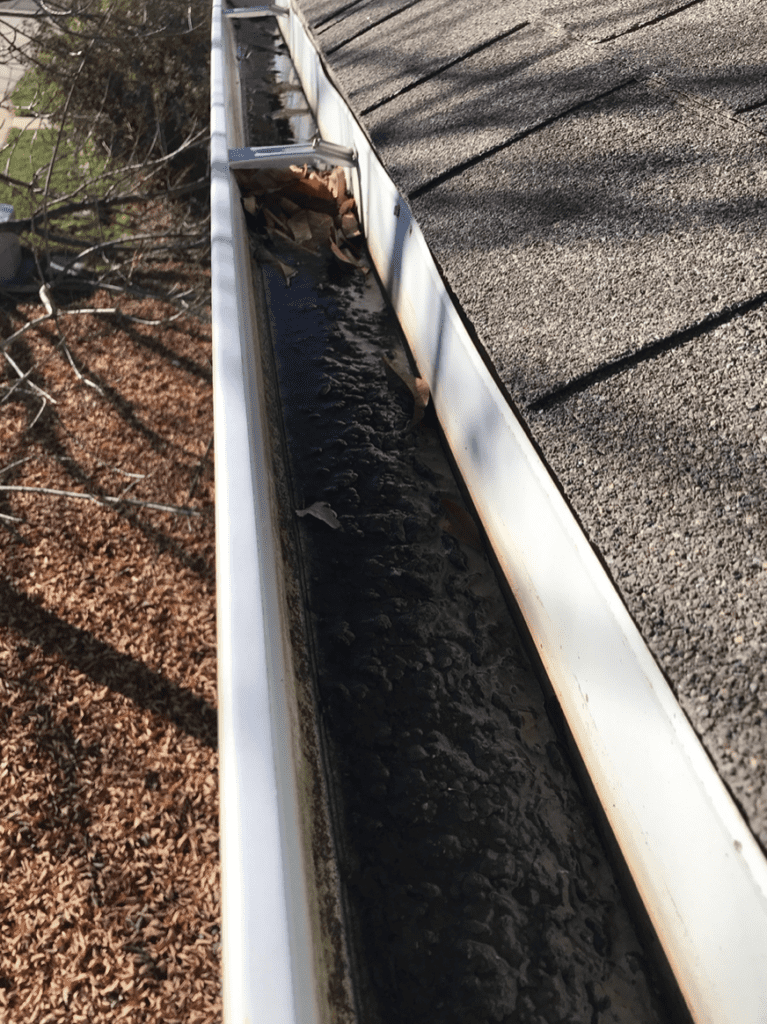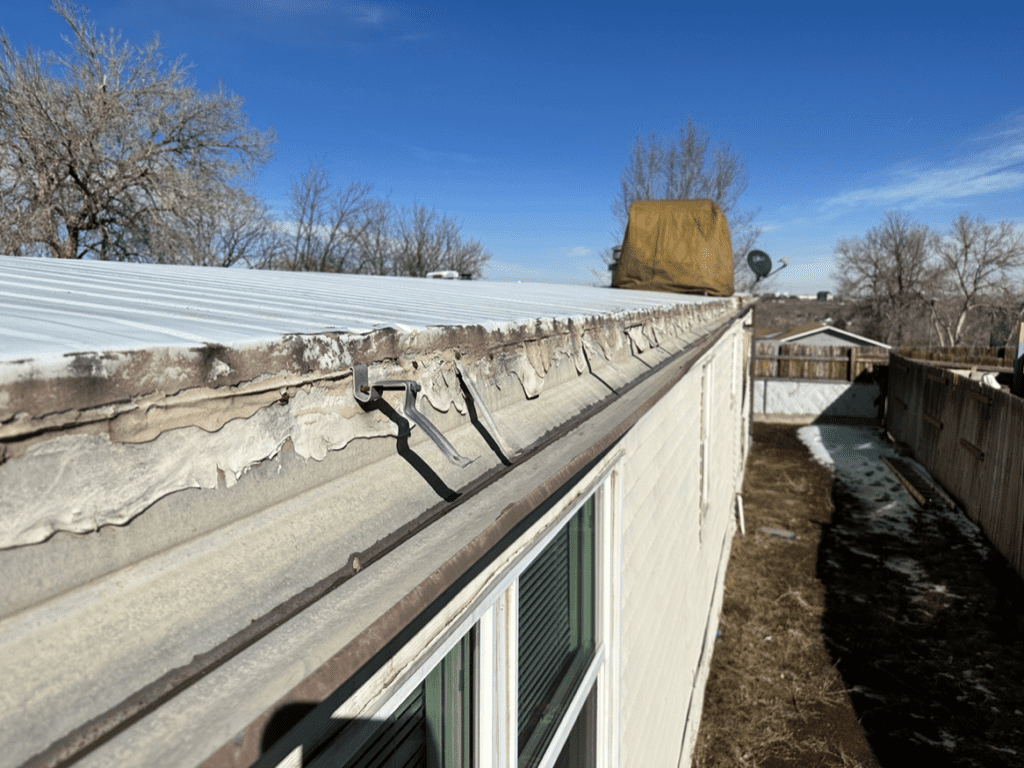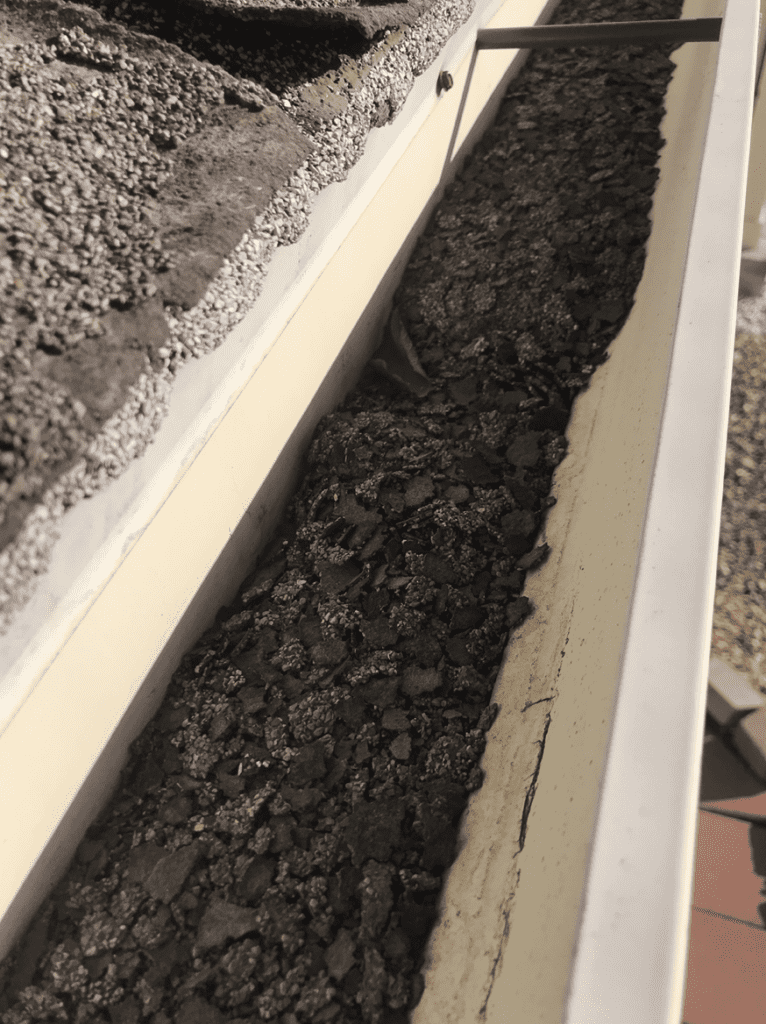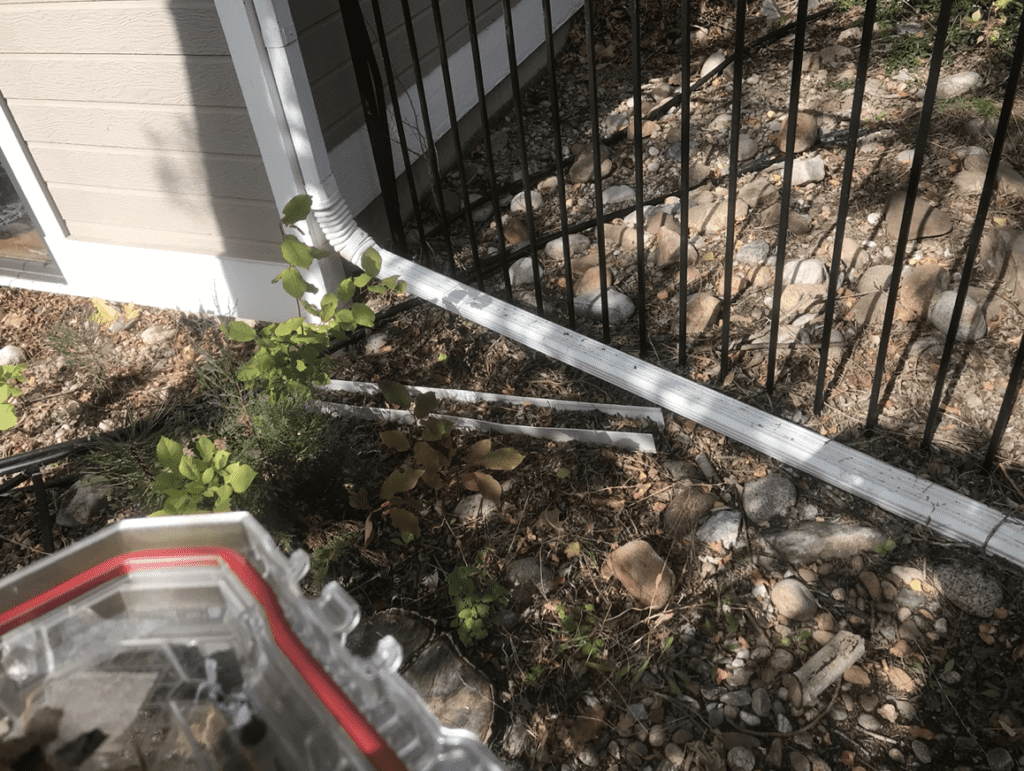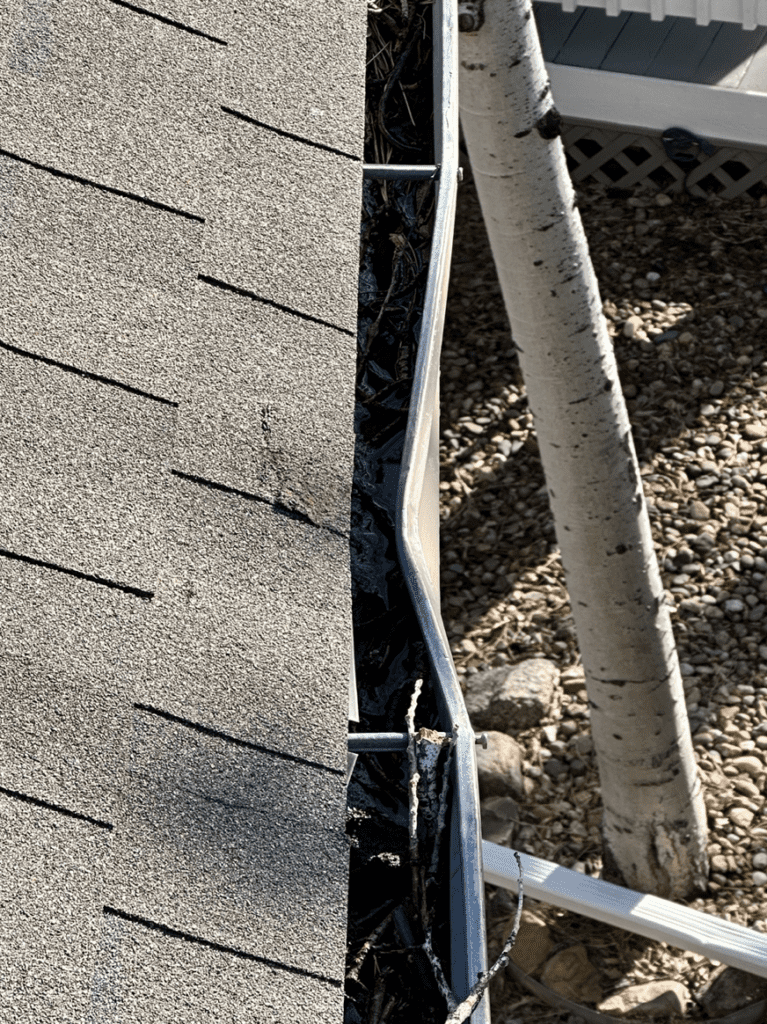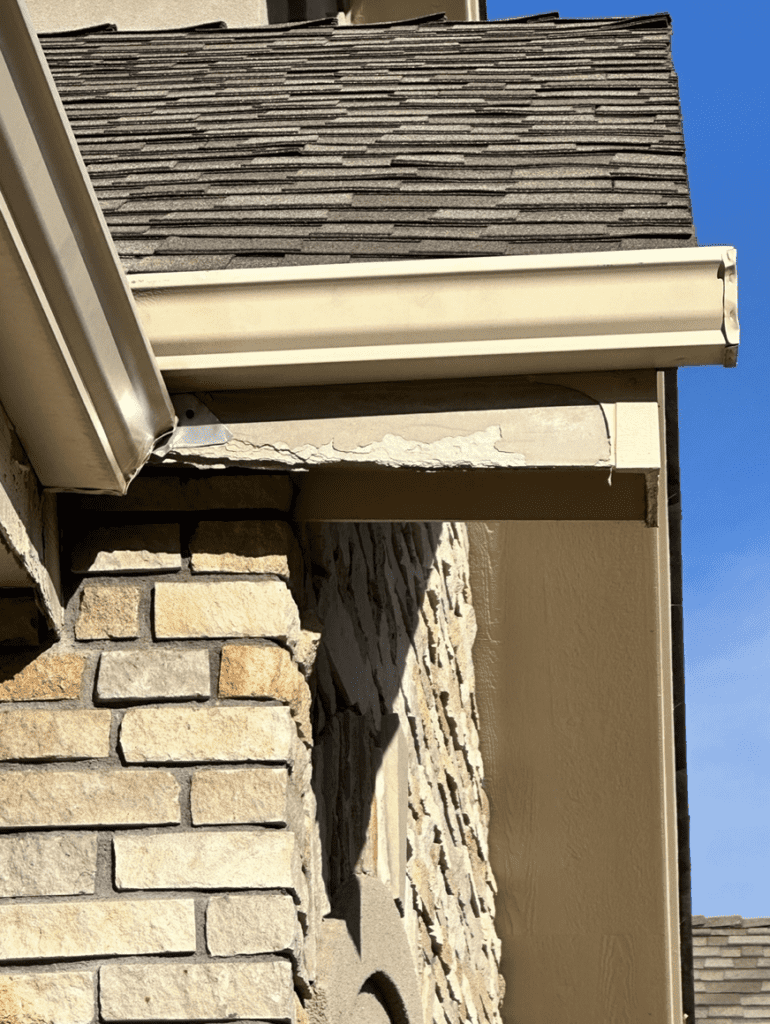Hailstorms can be one of the most destructive natural phenomena. Especially when it comes to the different materials that your roof can be constructed with. Hail can cause significant damage to homes, buildings, and vehicles, and your roofing system is usually the first line of defense.
Therefore, if you live or work on the Front Range of Colorado, it’s crucial to choose a roofing material that can withstand hail damage and the high winds we have been having recently.
Three popular roofing materials are known for their durability against hail damage:
Architectural shingles, Concrete tile, and Metal roofing systems.
In this article, we will compare the pros and cons of each material to determine which one is better at resisting hail damage.
Architectural Shingles
Architectural shingles, also known as dimensional shingles, are composed of asphalt and fiberglass layers. These shingles are thicker and more durable than traditional three-tab shingles, making them better at resisting hail damage. There is a shingle known as a Class 4 IR (impact resistant) shingle that is replacing most homes for shingle roofs these days. The technology of some of the shingle manufacturers is getting better and better all the time.
- Cost Perspective: Architectural shingles are the most affordable option of the three roofing materials. The cost per square foot is relatively low, making it an attractive option for homeowners on a budget.
- Effect on Home Resale Value: Although not the most high-end option, architectural shingles have a broad appeal, making them a good choice for resale value. Additionally, they come in a variety of colors and textures, allowing homeowners to customize their roof to match their home’s aesthetic.
- Longevity: Architectural shingles typically have a lifespan of 20-30 years. However, their longevity can be affected by the severity of weather conditions in the area. In areas with frequent hailstorms, homeowners may need to replace their shingles more frequently. The average lifespan if not damaged by a storm is around 15 to 25 years here on the Front Range.
Pros:
- Most affordable option among the three
- Wide variety of colors and textures to choose from
- Relatively easy to install
- Can be a good option for homes with a steep roof pitch
Cons:
- Lifespan of 15-25 years is shorter than concrete tile or metal roofing systems
- Not as durable as concrete tile or metal roofing systems
- Not as energy efficient as metal roofing systems
NOTE: Ask your Roofing Contractor for a Class 4 IR Shingle the next time you are replacing your shingled roof.
Concrete or Clay Tile
Concrete/Clay tile roofing systems are made of a mixture of sand, cement, and water. The tiles come in a variety of shapes, colors, and textures, making them an attractive option for homeowners looking for a unique and stylish roof.
- Cost Perspective: Tiles are more expensive than architectural shingles, making them a less attractive option for homeowners on a budget. However, they can last significantly longer than shingles, potentially making them a more cost-effective option in the long run.
- Effect on Home Resale Value: Tile roofs have a high-end look and can add value to a home. They have a unique aesthetic that can be a selling point for potential buyers.
- Longevity: Tile roofs can last up to 50 years or more, making them one of the longest-lasting roofing materials. They are also more resistant to hail damage than architectural shingles, making them an excellent option for homeowners in areas prone to severe weather.
Pros:
- Highly durable and can withstand extreme weather conditions, including hailstorms
- Long lifespan of 50 years or more
- Variety of colors and shapes available to create a unique and stylish look
- Fire-resistant and energy-efficient
Cons:
- More expensive than architectural shingles
- Heavy, so the roof structure may need to be reinforced
- Requires professional installation, which can be costly
- More difficult to repair than other roofing materials
Note on Tile Roofing systems: Tiles can and do crack which can cause issues with water damage. Tile manufacturing company will discontinue them over time which will make it hard to get replacement tiles in the future. Make sure that once your roof is finished, you have about 20-25 regular tiles and 15-20 ridge tiles in storage. If you don’t, your long-lasting roof might just become obsolete because there are no tiles to match it.
Metal Roofing Systems
Metal roofing systems are becoming increasingly popular among homeowners due to their durability and energy efficiency. They come in a variety of materials, including aluminum, steel, and copper.
- Cost Perspective: Metal roofing systems are the most expensive option of the three materials. However, they are incredibly durable and require minimal maintenance, potentially making them a cost-effective option in the long run.
- Effect on Home Resale Value: Metal roofs have a modern and sleek look that can add value to a home. They are also an eco-friendly option, which is becoming increasingly important to potential buyers. There are different levels of metal roofing systems. A copper roof looks wonderful and is extremely expensive. Standing Seam is a wonderful architectural choice too.
- Longevity: Metal roofs can last up to 50 years or more, making them an excellent long-term investment. They are also highly resistant to hail damage, making them an attractive option for homeowners in areas prone to severe weather. NOTE: They do dent in a large hail storm. Make sure you have the proper replacement coverage on your roof if there is big hail.
Pros:
- Extremely durable and can last up to 50 years or more
- Highly resistant to hail damage and other extreme weather conditions
- Energy-efficient and can help reduce heating and cooling costs
- Low maintenance and easy to clean
Cons:
- Most expensive option among the three
- Can be noisy during heavy rain or hail
- Requires professional installation, which can be costly
- Limited color options compared to other roofing materials
Conclusion
Overall, each roofing material has its own set of advantages and disadvantages.
Homeowners should consider their budget, aesthetic preferences, and the climate of their area before making a solid informed decision.
- Architectural shingles are the most affordable option, but may not be as durable as concrete tile or metal roofing systems.
- Concrete tile is highly durable and long-lasting, but can be more expensive and require professional installation.
- Metal roofing systems are extremely durable and energy-efficient, but are the most expensive option and have limited color options.
It’s your choice and in the end… whatever you choose will look beautiful on your home.




